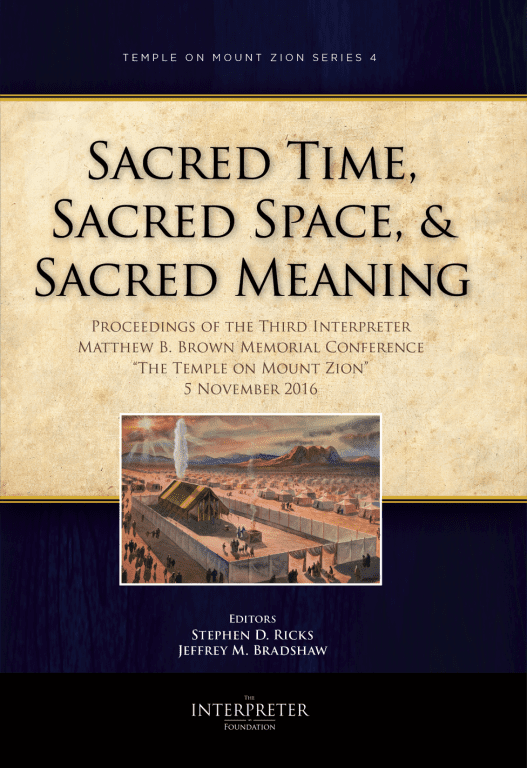
I’m. pleased to announce the appearance of a new book from the Interpreter Foundation, edited by Stephen D. Ricks and Jeffrey Mark Bradshaw and featuring articles by Matthew L. Bowen, Jeffrey M. Bradshaw, David Calabro, and Camille Fronk Olson:
And here’s something that you might also enjoy:
Book of Moses Insights #013: Enoch’s Teaching Mission: Imprisonment of the Gibborim (Moses 7:38)
***
On a quite distinct issue: Some have suggested that the authors of the four gospels not only weren’t writing actual history, but didn’t even imagine themselves to be doing so. Historical accuracy, it is said, meant little or nothing to them. Is this valid? Here are some notes on the question:
From the outset, the Gospels present themselves as being truthful accounts of actual history. For example, Luke states the purpose of his Gospel clearly at the very beginning. He wrote it so that his readers might know “certainty concerning the things you have been taught” related to the life of Jesus (1:4). John makes a similar assertion at the end of his work, emphasizing that he testified “about these things” and wrote “these things, and we know that his testimony is true” (John 21:24). (Nathan Busenitz, Reasons We Believe: 50 Lines of Evidence That Confirm the Christian Faith [Wheaton, IL: Crossway Books, 2008], 126)
Consider the way the Gospels are written — in a sober and responsible fashion, with accurate incidental details, with obvious care and exactitude. You don’t find the outlandish flourishes and blatant mythologizing that you see in a lot of other ancient writings. . . . The goal of the Gospel writers was to attempt to record what had actually happened. (Craig Blomberg, cited by Lee Strobel, The Case for Christ [Grand Rapids, MI: Zondervan, 1998], 40)
For example, consider the twenty-one allusions to historical events, geographical places, and political positions in Luke 3:1-2:
In the fifteenth year (1) of the reign of Tiberius Caesar (2), Pontius Pilate (3) being governor (4) of Judea (5), and Herod (6) being tetrarch (7) of Galilee (8), and his brother Philip (9) tetrarch (10) of the region of Ituraea (11) and Trachonitis (12), and Lysanias (13) tetrarch (14) of Abilene (15), during the high priesthood (16) of Annas (17) and Caiaphas (18), the word of God came to John (19) the son of Zechariah (20) in the wilderness (21).
In just two verses, it becomes clear that Luke’s goal was to convey that which was tied to historical fact. This is in keeping with his stated purpose for writing (Luke 1:4). (Busenitz, Reasons We Believe, 127)
The evangelists certainly claim to be writing history. True, they write as passionate exponents of a certain interpretation of that history, and they select and arrange their facts accordingly. But . . . there is no reason to think a person must be a bad historian because he or she is a strong partisan. (D. A. Carson, Douglas J. Moo, and Leon Morris, An Introduction to the New Testament [Grand Rapids, MI: Zondervan, 1992], 52)
Posted from Breckenridge, Colorado












